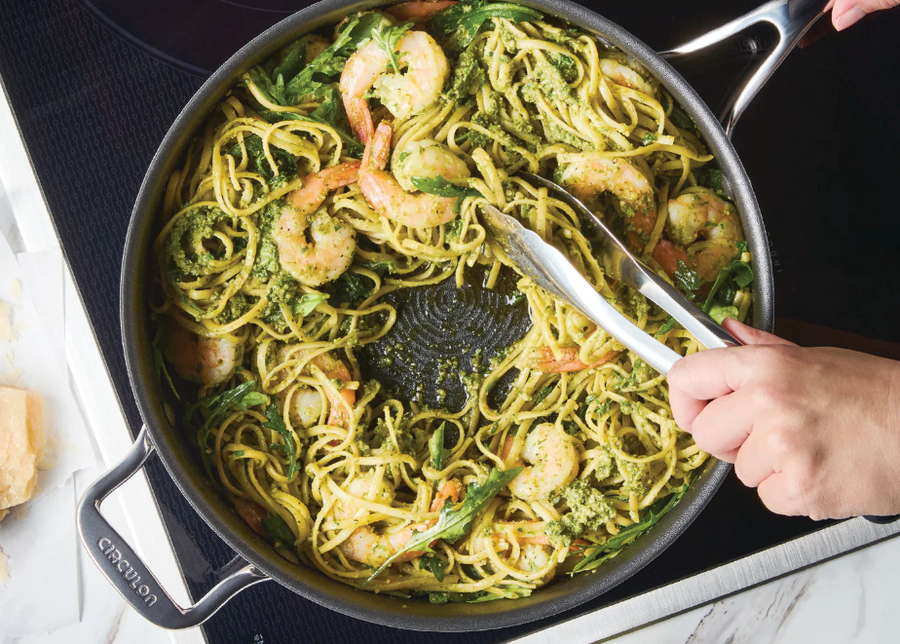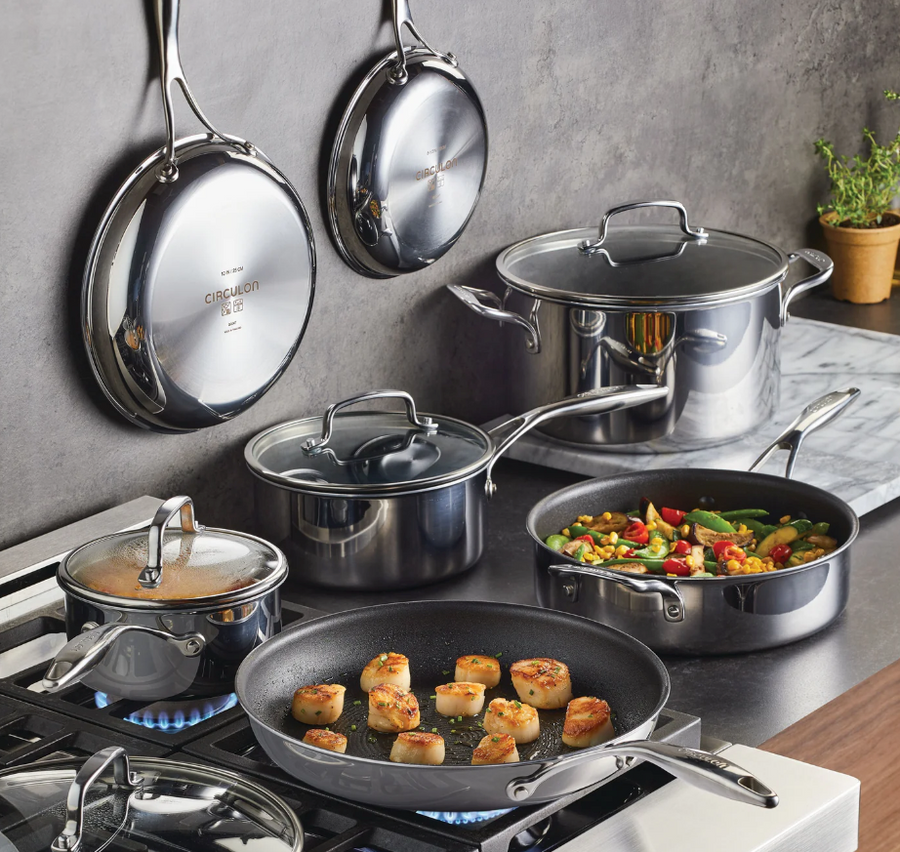Baking is a fusion of science and art, where precision meets creativity. One of the most crucial and often challenging components of many baked delights is the short-crust pastry. Don't get overwhelmed, for in our latest edition of Unlock Your Inner Chef, we unravel the secrets of how to line a pastry tin, inspired by the tips of Michelin-starred chef Marcus Wareing.
Step 1: Preparing the Short-Crust Pastry
Begin with the ingredients for your short-crust pastry. You'll need 250g plain flour, 125g cold unsalted butter, a pinch of salt, and 50-60ml of cold water.
-
Combine the Ingredients: In a large mixing bowl, combine the flour and salt, rubbing in the cold, diced butter until the mixture resembles fine breadcrumbs. Gradually add the cold water, stirring until the dough comes together. Remember, the key is to add just enough water to bind the dough and no more.
-
Rest the Dough: Wrap the dough in cling film and allow it to rest in the fridge for at least 30 minutes. This step is crucial to relax the gluten strands in the flour, leading to a more tender and flaky pastry.
Step 2: Rolling Out the Dough
The key to lining your pastry tin starts with how you treat your dough.
Prepare for Rolling: Following Marcus' first tip, if your pastry is firm after resting, don't roll it out immediately. Instead, sprinkle some flour on your work surface, then knock it out gently using your rolling pin. This helps to soften the dough, making it easier to roll.

If your pastry is really firm, don't go straight into rolling it out. Just a little bit of flour on the board, with flour on top. Just knock the pastry out.
Marcus Wareing
Roll the Dough: Now, keeping in mind Marcus's second tip, aim to maintain a round shape as you roll out your pastry. Start from the center and work your way out, rotating the dough occasionally to maintain the round shape. This will make lining your pastry tin significantly easier.
The more you can keep it round, the easier it is to line.
Marcus Wareing

Chill the Dough: Once you've rolled out your pastry, it's time to follow Marcus's third tip — pop it back into the fridge for another 15-20 minutes. This step ensures that the butter in the pastry remains cold, preventing shrinkage during baking.
Step 3: Lining the Pastry Tin
Ready your non-stick pastry tin, like the reliable non-stick pie tin from Circulon. With its brilliant non-stick abilities, there's no need for butter.
Line the Tin: Gently lift your rolled pastry, placing it over the tin. With a little extra piece of pastry dipped in flour, gently ease the pastry into the edges and corners of the tin. This method not only helps to prevent holes and tears but also impresses the tin's pattern onto the pastry.
So what we're doing here, is we're just using a little bit of the extra pastry, dip it into our flour, and then we're just pushing the pastry right into the corners, so you get that lovely pattern.
Marcus Wareing
Trim the Excess: Once your tin is perfectly lined, it's time to trim any overhanging pastry. Use a sharp knife to cut around the edge of the tin.

Step 4: Final Touches
-
Prick the Base: Prick the base of the pastry with a fork. This technique, known as 'docking', allows steam to escape and prevents the pastry from puffing up in the oven.
-
Chill Before Baking: Lastly, chill the lined pastry tin in the fridge for another 15 minutes before baking. This final chilling step further helps to prevent shrinkage and keeps the pastry flaky and delicious.
May this guide to lining a pastry tin, enriched with Marcus Wareing's tops tips, inspire you to create the perfect pie, tart or quiche every time. Happy Baking!







